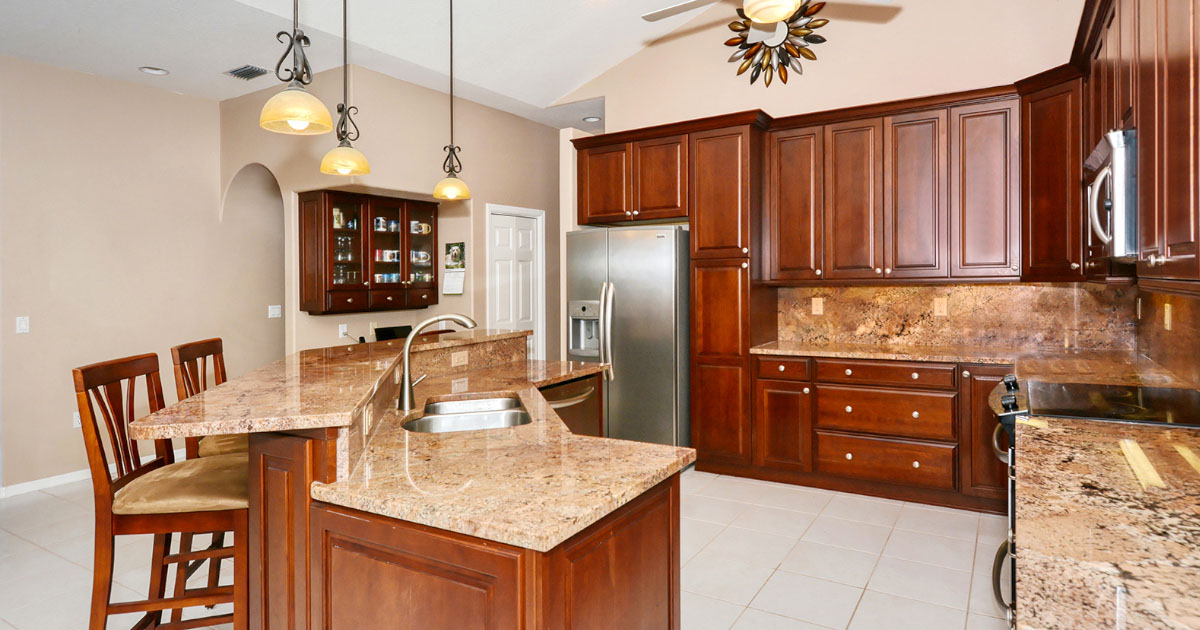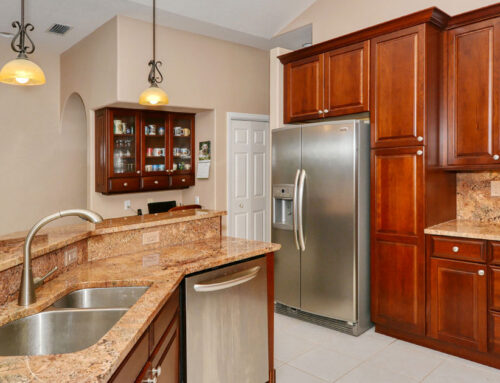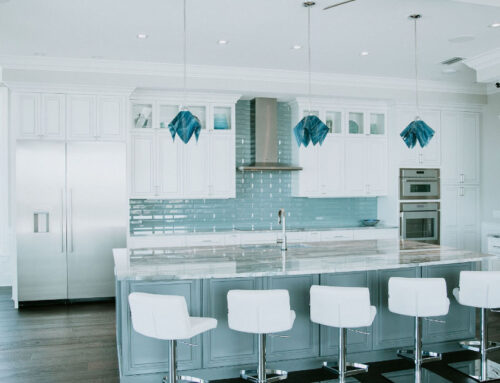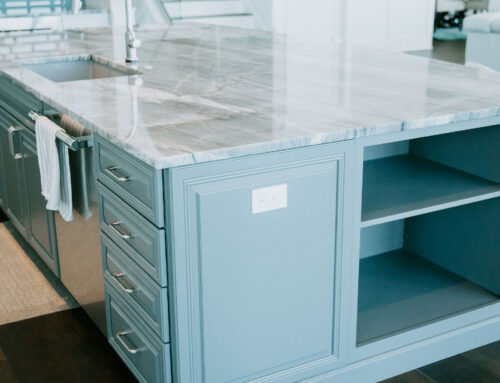Lighting significantly affects the ambiance of a room. This is why massage therapists use warm-colored bulbs turned down low to help you relax and why you likely feel more energized in a room with bulbs that mimic the color of natural light. Our kitchens are no exception. When remodeling your kitchen, be sure to choose the best bulbs to create your desired aesthetic.
Light Bulbs: Color Temperature Matters
While wattage is certainly a factor to consider when selecting bulbs, pay close attention to the color temperature. Different areas of your kitchen will look best with different color temperatures, depending on the function of the area lit by the bulb. Color temperature is measured in Kelvins (K); lower temperatures (2200-2700 K) are warmer and softer, and higher temperatures (up to 5000K) create light that is cool and stark.
- Daylight bulbs (5000 K) are great to see by. The color is named because its light is most similar to that given off by the noon sun. They should be used above workspaces, such as an island where you do most of your food prep and recipe-reading. Keep in mind that the color of a bulb also affects the appearance of wall colors; cool-colored bulbs make blues and whites stand out but can create an undesirable effect on yellows and oranges.
- Cool whites (~4000-4500 K) are another good workstation bulb. They are slightly warmer than daylight bulbs and produce less of a blue color. If you have a mix of cool-toned and warm-toned decor in your kitchen, this is a good choice. Use them as the main source of light in the kitchen for good visibility overall.
- Soft whites (2700-3000 K) are great for accents. Their light is yellower than the previous two and makes for lovely light in a chandelier or smaller secondary light fixtures in the kitchen. This is a good light to use after sunset since it is not as harsh on the eyes as a bright blue-white.
- Warm whites (~2400 K) have quite a yellow tone, approaching the appearance of a candle’s light temperature. They are excellent for mood lighting in a dining room or for accent lighting above and below cabinets. They produce a delightful, homey glow that welcomes guests and creates a comfortable ambiance wherever they’re used.
Don’t shy away from using multiple color temperatures in the same room. Just as the color of the light outside changes throughout the day (a bright blue noon sun is much different than the warm sunset, after all!), you can have different color temperatures in different fixtures depending on when you use them. Overhead lights in the kitchen that are used frequently should be brighter and cooler, while fixtures that you use exclusively in the evening and night should be warmer in temperature, so they are softer and less harsh on the eyes.
Consider different styles when choosing your bulbs as well. Vintage Edison-style bulbs are available as LEDs and incandescents, come in various shapes, and give the room an interesting aesthetic when you have a fixture with exposed bulbs. Candle shapes are great for a chandelier or other multi-bulb fixture. If your fixture completely covers the bulb, you may want to stick with standard round bulbs to save a bit of money.
West Coast Design Build Florida provides expert design and installation services for Sarasota homeowners looking to remodel their kitchen, bathroom, or outdoor living space.




